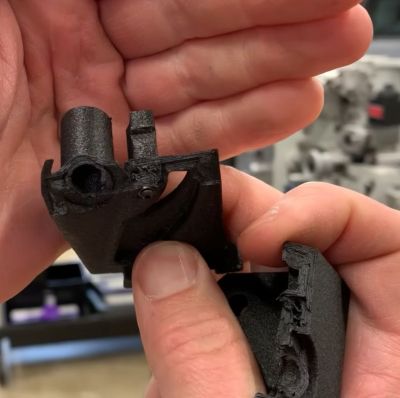Mankind has been using water to mark the passage of time for thousands of years. From dripping stone pots in Ancient Egypt to the more mechanically-complicated Greco-Roman Clepsydrae, the history of timekeeping is a wet one — and it makes sense. As an incompressible fluid, water flows in very predictable patterns. If you fill a leaky pot with water and it takes an hour to drain, it will also take an hour the next time you try. One Hertz Challenge entrant [johnowhitaker] took this idea in a different direction, however, with an electromechanical clock that uses dripping water as an indicator.
This clock uses a solenoid to briefly pop the plunger out of a water-filled syringe. This allows a drop to fall from the tip, into a waiting beaker. In addition to the satisfying audio indication this produces, [johnowhitaker] added a bit of food coloring to the dripping water for visual flair. The entire thing is controlled by a Raspberry Pi Pico and a motor driver board, so if you’ve got some spare parts lying about and would like to build your own be sure to head over to the project page and grab the source code.
While this clock isn’t exactly here for a long time (either the syringe will eventually empty or the beaker will overflow), it’s certainly here for a good time. [John] and commenters on his project even have ideas for the next steps: a 1/60 Hz beaker changer, and a 1/600 Hz spill cleaner. Even so, the first couple of drops hitting the beaker produce a lovely lava lamp-esque cloud that is a joy to watch and has us thinking about other microfluidics projects we’ve seen.
And remember — it’s not too late to enter the 2025 One Hertz Challenge!



















